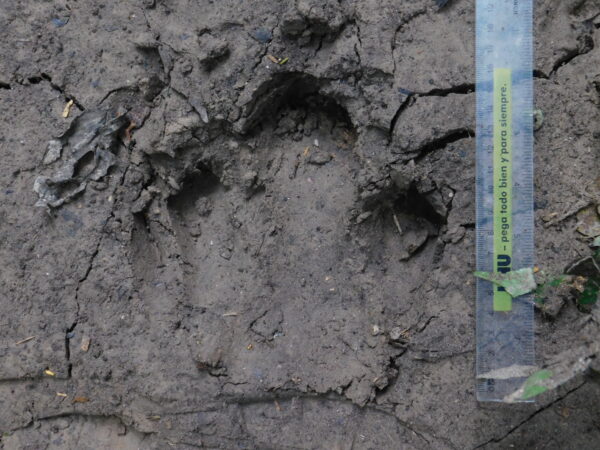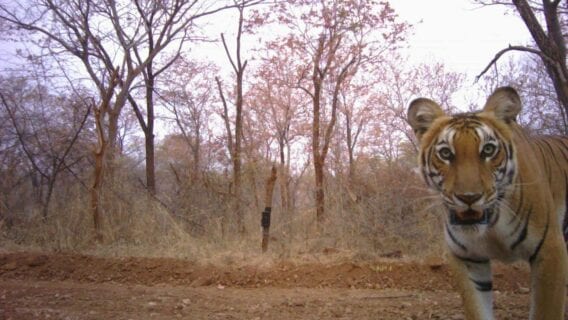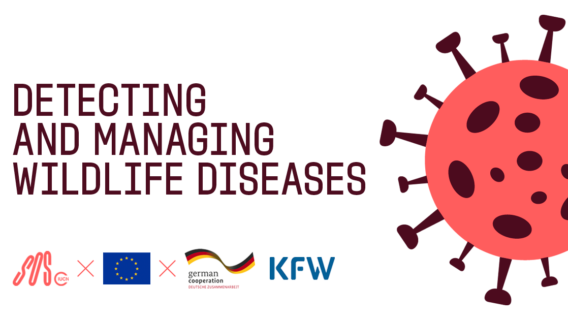
Community Conservation of Amazonian Tapirs in Gran Pajatén, Peru
Project description
This project seeks to develop, through a participatory methodology that integrates citizen science and environmental education, a biological monitoring strategy for the lowland tapir in the Los Otorongos Conservation Concession (LOCC), which will contribute to the conservation of the species and its habitat.
Threats

Habitat loss & degradation
The results will enable the design of an environmental education campaign to be shared with authorities and representatives of conservation areas, promoting environmental awareness and concrete protection actions. Through this process, the soft and management skills of the concession holders are being strengthened. Additionally, the LOCC’s infrastructure is being improved to optimize control and surveillance actions. These measures will make it possible to establish conservation agreements with neighboring communities, ensuring the protection of the concession and its surrounding risk areas.
Project objectives
The objective of the project is to contribute to the conservation status of the lowland tapir’s habitat in the Los Otorongos Conservation Concession (LOCC) through research, community management, and awareness-raising. A replicable participatory methodology is being developed for monitoring the lowland tapir as part of the control and surveillance activities of the Asociación Las Hurmanas de San Juan del Abiseo (ASHUSJA), enabling the creation of an environmental education strategy that involves priority communities such as San Juan del Abiseo and Flor de Selva. This strategy will aim to ensure that communities recognize the importance of the Amazonian tapir in the ecosystem and within the concession. In addition, conservation agreements will be promoted with neighboring communities to ensure the protection of the species’ habitat through effective management.
Project activities
- Develop the participatory methodology for the monitoring of the lowland tapir in the CCLO and its surrounding areas, through line transect surveys and camera trap samples.
- Train ASHUSJA members and park rangers of the RANP in the methodologies and the use of the necessary equipment for research and patrolling activities.
- Strengthen ASHUSJA in priority subjects such as conflict management and resolution, soft skills for leadership, and office automation.
- Promote the improvement of the association’s technical skills and the implementation of improvements in the LOCC’s infrastructure.
- Involve neighbouring populations in awareness-raising activities through an environmental education campaign, including the design of an educational kit and community environmental festivals. This is to promote the importance of the Amazonian tapir and encourage a sense of belonging between communities and their environment, in order to lead the signing of conservation agreements.
This project is implemented by Amazonicos por la Amazonia, Peru




